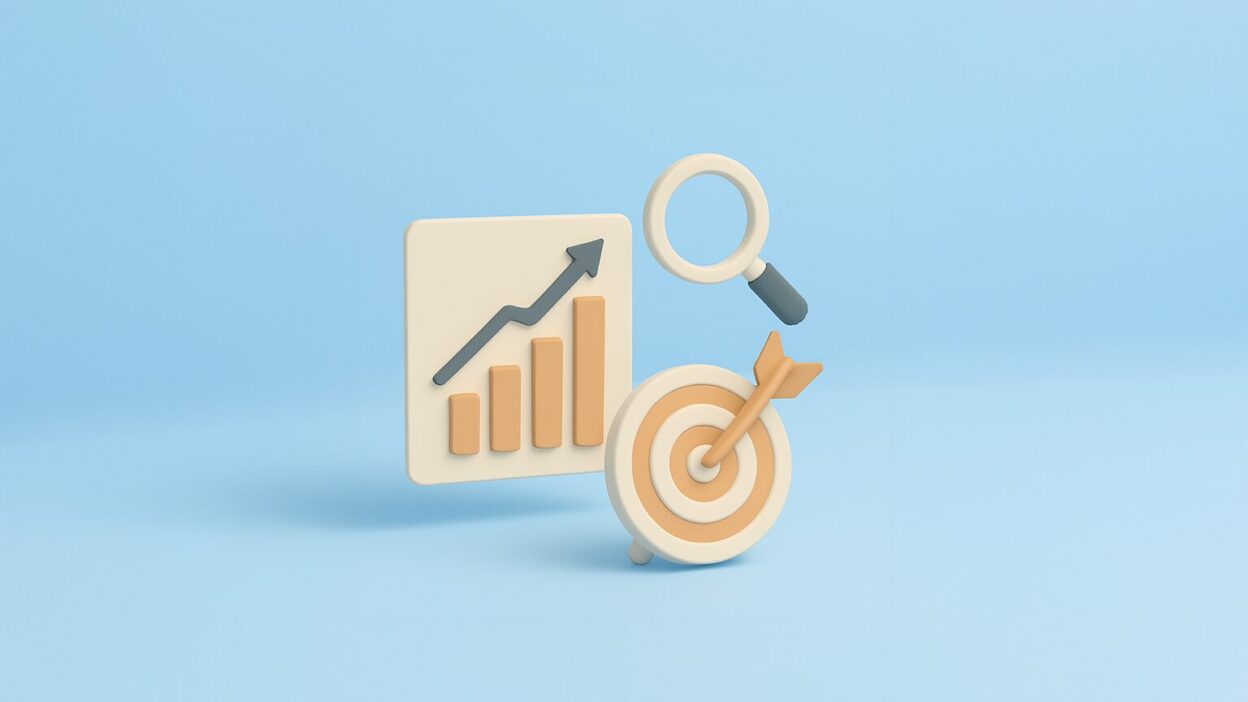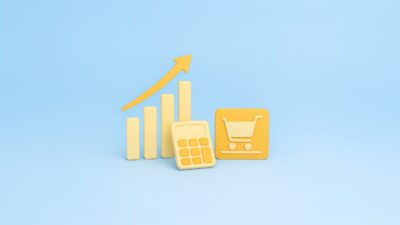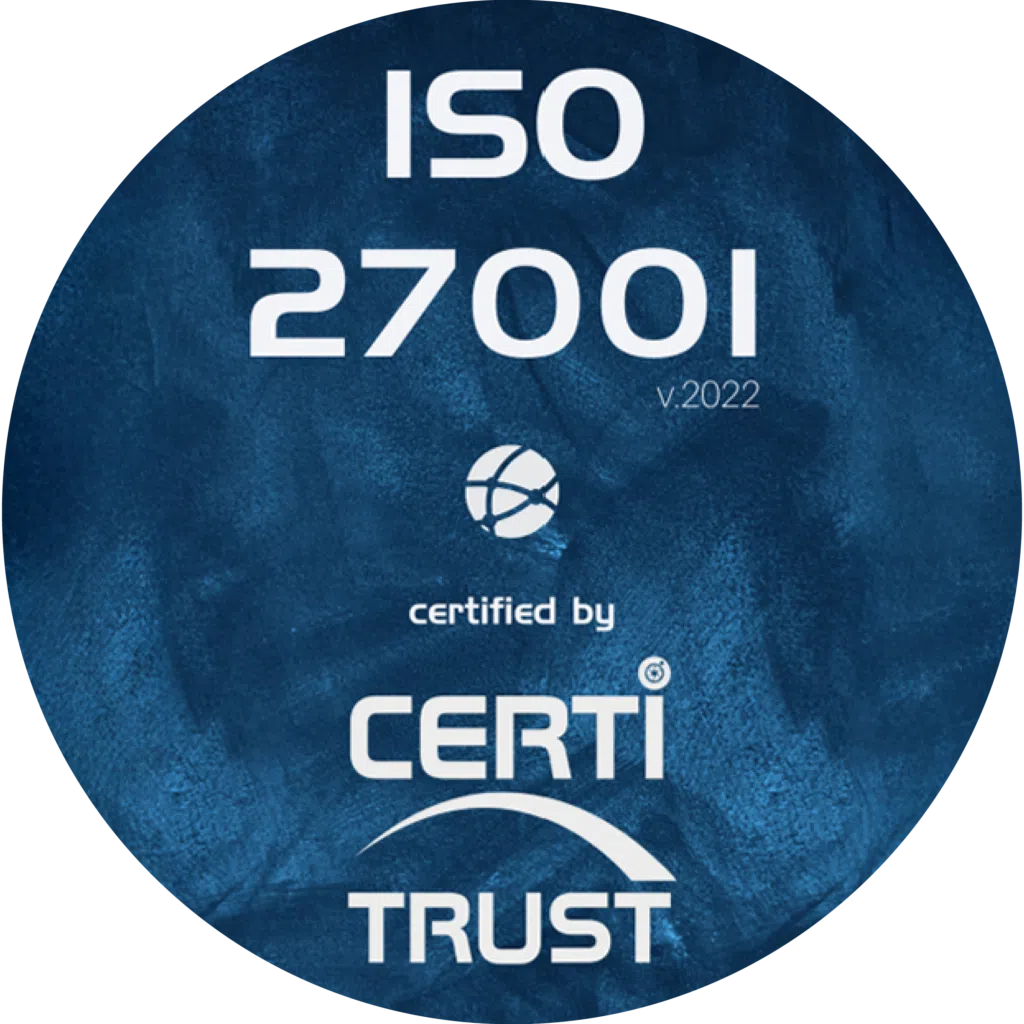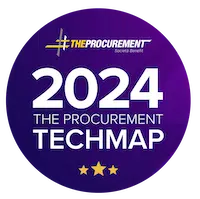Isn’t the purchasing department the beating heart of any company’s strategic development? Optimised management of their activities can lead to substantial savings. But be careful! A simple mistake and the consequences could be severe, particularly on competitiveness and profitability.
Since the health crisis, optimising purchasing performance has become a key priority for companies in Europe. Why is this? Because it is the strategic approach that makes all the difference. It’s the way to stay one step ahead, despite the economic turbulence. But what exactly are we talking about?
What is purchasing performance?
By definition, purchasing performance is theefficiency of a company’s purchasing process. It reveals the buyer’s ability to obtain a good product or service at a competitive price.
Purchasing performance is guaranteed when the objectives set are achieved within a predetermined timeframe. However, the resources consumed are limited. This represents an enormous challenge for the purchasing director or manager.
Implementing an effective policy is essential. Regular monitoring and evaluation of the procedure in place is also essential. This will enable any shortcomings to be identified and remedied.
It should be noted that the performance of your purchasing department depends on three specific points:
- The quality of the product or service purchased: your customers’ satisfaction and your company’s image depend on it.
- The cost of purchases: you need to favour suppliers who offer better prices (by taking advantage of end-of-year discounts, for example).
- Reliability of suppliers: this is the job of the purchasing department. This approach enables the sales team to satisfy the end consumer.
Areas of purchasing performance
Purchasing performance is not limited to the ” economic” aspect. It has to be said that the finance department tends to attach importance only to the savings achieved. There are many other areas to consider if you want to measure purchasing performance effectively.
Area 1: Economic performance
This first area is often associated with measuring the gains made by negotiating the price of goods. However, it takes into account the total cost of ownership (TCO). To determine this, you need to take into account :
- the cost of transport, packaging and customs,
- the purchase price
- the administrative or operating cost of the purchasing department,
- the cost of ownership, including in particular the cost of stock management,
- maintenance costs,
- operating costs,
- the cost of non-quality, including expenditure relating to failure to meet deadlines or to deal with complaints.
Evaluating economic performance is a way of assessing the savings made in the short term. The aim of this procedure is toreduce costs. In this way, you can achieve significant budget margins.
Area 2: supplier performance
This is assessed on the basis of a number of criteria. In general, the purchasing department team focuses on meeting commitments. In particular, it assesses product quality, costs and order processing and delivery times.
However, the additional services offered are also very important. For example, you need to consider each supplier ‘s ability to work with you or to provide you with relevant information on market developments.
3: Service performance
Purchasing performance also depends on service performance. Evaluation is based on the internal customer’s assessment. It enables you to determine the value of each action and the performance of your team. This area therefore focuses on :
- the relevance of the response to each purchase request,
- your contribution to improving the specifications,
- your team’s responsiveness,
- flexibility,
- the quality of your proposals,
- innovation, etc.
Axis 4: process performance
The dimension or importance of the progress achieved is inextricably linked to purchasing performance. It mainly concerns the continuous improvement of processes. It must also include the optimisation of purchasing practices .
This fourth area focuses primarily on digitising purchasing, simplifying the process and delegating certain activities. It also includes setting up an information system to bring together all purchasing-related data.
Area 5: Human Resources performance
The efficiency of your team influences the smooth running of the purchasing department. As the person in charge, you have a duty to find the right people to carry out each task. This is the only way to achieve optimum results. For all these reasons, your efforts in the area of human resources development are important.
In this area, you will find above all the description of each function and good recruitment management. But human resources performance is also based on employee recognition, training and the communication strategy adopted.


The benefits of measuring a company’s purchasing performance
Why is it important to measure purchasing performance? The business world in France is increasingly competitive. You need to manage your purchasing well if you want to keep up with the competition. Measuring the performance of the process is a key element of good management. It offers a number of advantages:
Simple, optimised decision-making
By measuring the performance of the purchasing and supply department, you will have effective decision-making tools at your disposal. Each improvement strategy will be based on real facts or precise, well-founded data. You will also have at your disposal the relevant elements that will enable you to optimise the purchasing process. This is your core business.
Establishing a performance culture within the company
Measuring purchasing performance means you can define your department’s objectives . It also enables you to meet the expectations of the organisation. You’ll be able to establish a performance culture that encourages responsibility, innovation and transparency over time. You’ll also be putting in place a policy based on thestudy of data.
Efficient planning of purchasing department activities
By evaluating purchasing performance, you’ll gain the tools you need to plan your activities more effectively. You’ll have access to real, relevant data. You can then draw up an effective action plan. For example, it can be based on supplier performance, risk factors, the value of purchases by category, etc.
Optimising the credibility of the Purchasing function
Measuring purchasing performance is a way of optimising the credibility of the purchasing department in the eyes of suppliers. You can also gain the confidence of the company’s other departments. You’ll be able to support the whole organisation .
What KPIs should be used to measure the performance of the purchasing department?
To measure the performance of purchasing management, you need to use a dashboard. This is a tool that brings together several purchasing KPIs (Key Performance Indicators). These are quality control tools. These indicators enable you to assess the effectiveness of each activity.
But buyers can also share data with other key players in the company, such as finance directors, using dashboards. So which purchasing KPIs should you choose?
KPIs for assessing purchasing department productivity
Purchasing department productivity can be measured using various KPIs. The first key indicator is ROI or return on investment. It is used to measure the effectiveness of purchasing. This indicator highlights the purchasing gains, i.e. the savings made.
The second indicator is the purchasing department’s actual contribution to total purchasing. This KPI reveals the proportion of direct purchasing that your department actually controls. Bear in mind that some departments may carry out indirect purchasing!
There is also the coverage rate. This is a related assessment criterion. It is determined by the ratio between controlled purchases and the company’s total expenditure.
KPIs linked to supplier relations
Each supplier-related indicator is an essential part of your dashboard. They will enable you to closely monitor your relationship with them, find out how reliable they are and select the right suppliers.
Two indicators are well worth including in your dashboard. There’s the supplier classification. This gives you an idea of the offers available. You can then identify the supplier who can offer the item you need in real time.
The second indicator is supplier non-compliance. This allows you to identify unreliable suppliers. They do not respect the clauses of the contract, particularly those concerning production quality and delivery times. This will help you avoid disputes and the risk of costly legal action.
KPIs for assessing the effective implementation of contracts
You have negotiated well with each of your suppliers. That’s a good thing! But the question is: are the contracts being implemented effectively? In other words, do the products delivered comply with the order? Has the supplier respected the agreed prices? Did they meet the delivery date?
You need to use a good indicator such as cost/value correlation or Linear Performance Pricing (LPP). It highlights compliance with contracts by calculating the number of purchases invoiced outside the set prices and the percentage of expenditure generated by these overruns.
Average lead time is another indicator that needs to be monitored closely. Your satisfaction as a customer depends on it. It’s worth noting that a delay in delivery or quality can result in significant loss.
KPIs for assessing business buy-in
To assess purchasing performance, you need to measure the commitment of each business line to the process. It is essential to include two indicators in your dashboards . The first is the rate of non-contractual purchases. Every expense incurred must be proven.
Then there’s the actual duration of the ordering process. This will enable you to make the necessary changes to boost purchasing performance.
High-performance purchasing software like Weproc will help you to optimise the entire process, as well as tracking each operation.
Want to learn more about our Weproc procurement management software?
Contact us or request your 15-minute demo below!









